
The story of the lifecycle of vinyl flooring
Circular Economy in Practice
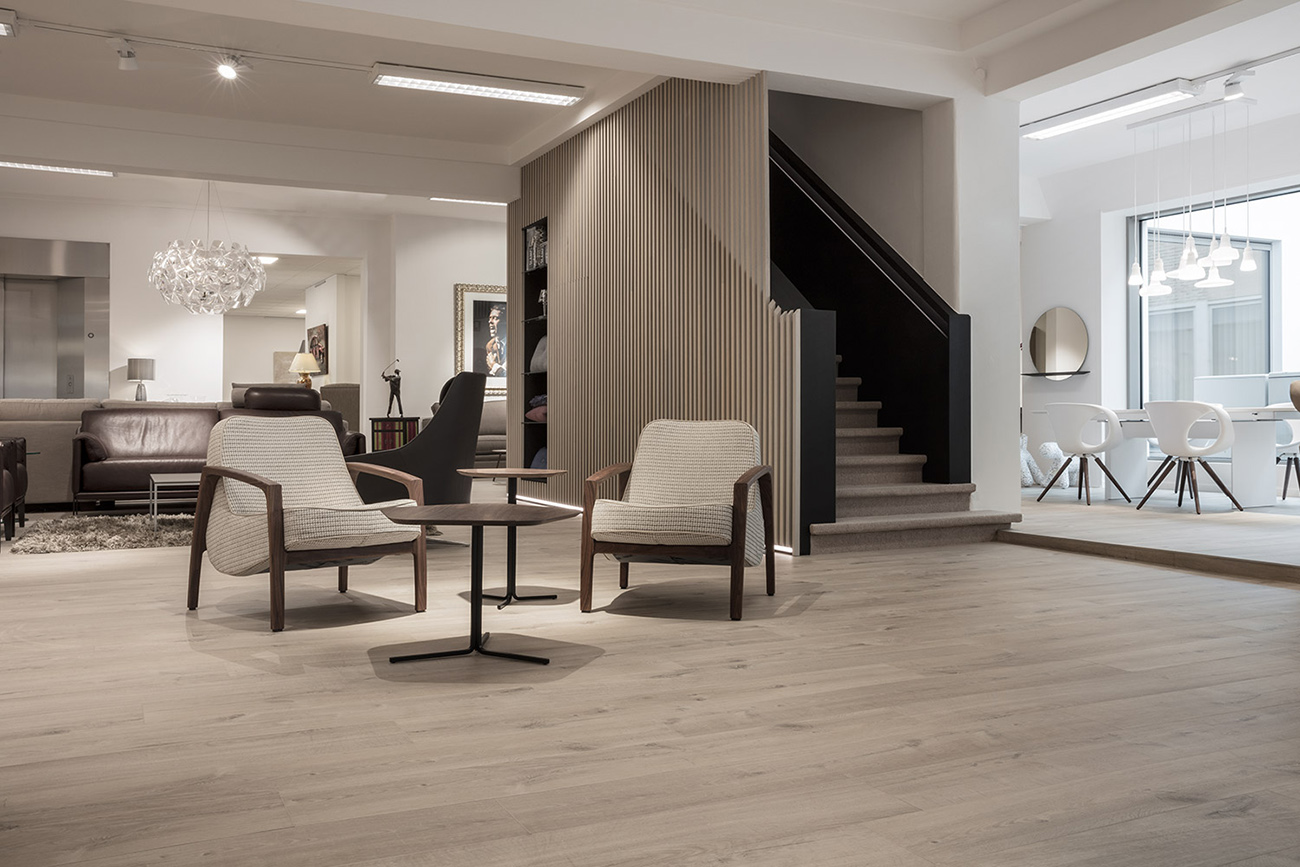 |
Manufacturing companies are striving to minimize the negative impact of their production on nature in connection with the current trend of environmental protection. The level of this effort varies from company to company. However, some have managed to bring it almost to perfection. One such company is Pergo, which was born in the 1970s due to the invention of a new type of flooring – laminate. Their life cycle is now an excellent example of how to reduce the ecological footprint: by minimizing waste in production and maximizing material recycling and energy efficiency.



At the beginning of the entire manufacturing process is always raw material. Pergo Vinyl floors are made from polyvinyl chloride (PVC), filler materials, additives, and plasticizers. The focus in Pergo's manufacturing plants is on the sustainability and safety of all these components, particularly on the origin of the mentioned plasticizers: in the past, ortho-phthalates were used to increase the flexibility and elasticity of plastics, but these are not firmly bound in PVC and therefore are released into the air, which is then inhaled into the lungs and from there enters the bloodstream. Pergo was among the first to replace phthalates with dioctyl terephthalate (DOTP), a safe plasticizer that is often a component of children's toys or medical devices.
Modern Green Technologies
Among the indirect raw materials needed for the production of vinyl floors are undoubtedly water and electricity. Therefore, they cannot be excluded from the context, and a chapter about the product's composition cannot be closed without them. It is essential to handle these resources with utmost care, considering the long-term, globally documented drought and the need to keep the air clean. For this reason, Pergo equips its manufacturing plants with modern technological devices that increase energy efficiency, such as biomass power plants that convert internal wood waste into so-called green energy. This energy is further utilized in production, meeting over 70 percent of operational demands and contributing to a reduction of CO2 emissions generated here by 25 thousand tons per year.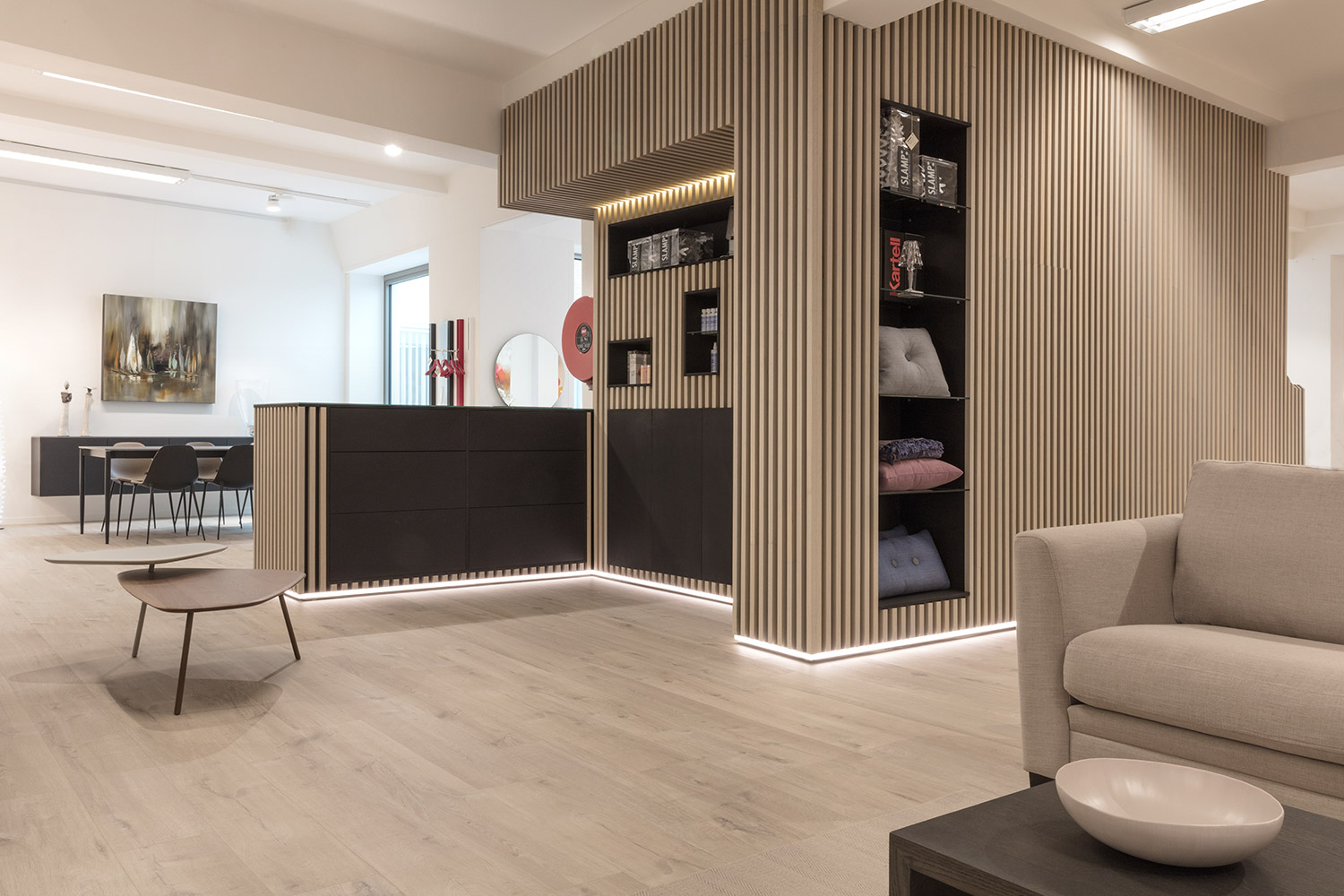 |
The manufacturing processes are also continuously being improved. In Pergo's factories, the lamination of individual layers of boards is carried out using UV radiation, which, unlike the usual curing in hot-air ovens, is gentle and energy-efficient. Regarding water resource management, Pergo can boast that 97 percent of the water used in production comes from internally recycled water. It should also be noted that due to the optimization of the recycling process, the company generates zero manufacturing waste. Pergo guarantees that no waste leaves its plants for landfills. Circular functioning also plays a role here in the area of packaging materials used, which have FSC certification and are 100 percent recyclable.
Transport Optimization
Another step in the life cycle of luxury vinyl flooring from Pergo is its distribution to the destination. Sustainability in transportation is ensured through a wide network of warehouses in Europe, Asia, and the USA, with a combined transportation mode that employs alternative transportation methods with the lowest possible carbon footprint, such as sea and river shipping, among others. Upon delivery of the flooring boards to their destination, fast and easy installation follows, which can be done without any special tools. This involves the PerfectFold™ click system, which allows for easy disassembly of individual boards and possibly their future reuse in other locations. |
Exceptional Durability
Once the floor is finished and installed at its intended location, its owner can be assured that it is a highly durable multi-layer covering. It features a quality core and a sturdy walking surface protected by a polyurethane coating. All these attributes give the floor excellent properties, such as impact resistance, making it suitable even for high-traffic areas, including public spaces. Pergo Vinyl is characterized by exceptional resistance to wear, scratching, and staining – the surface is modified so that bacteria do not cling to it, and any contamination can be easily wiped away without the use of aggressive cleaning agents.

If the Pergo Vinyl floor is no longer desired at its application site, it can be fully recycled and transformed into a completely new product, in addition to the mentioned option of disassembly and reuse elsewhere.
Author: Helena Široká
Photo: company archive
The English translation is powered by AI tool. Switch to Czech to view the original text source.
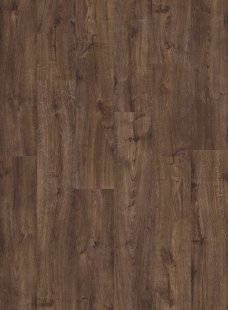

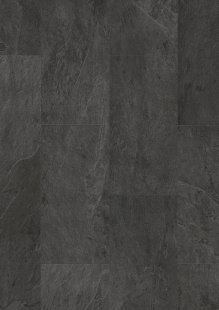
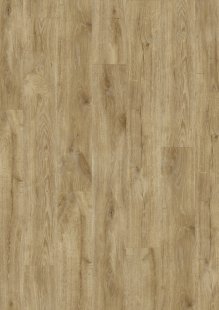
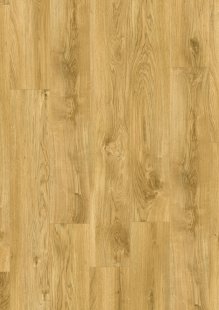
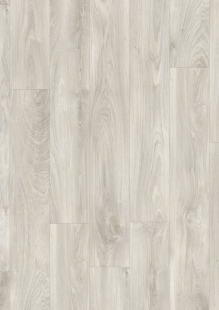
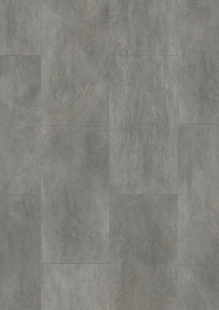
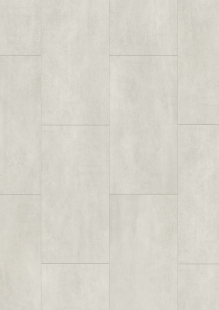
0 comments
add comment
Related articles
0
29.06.2021 | RIGID: a new product in the vinyl flooring segment with a patented locking system
0
26.04.2021 | Laminate floors with deep textures from the new Pergo collections are also water-resistant
0
15.02.2021 | Vinyl slats for floor and wall
0
16.01.2020 | PERGO vinyl – floor implementation at the Hotel – Radisson Blu Prague
0
24.07.2019 | How to choose the right flooring style: color, texture, and finish












